Our recent poll asking if reporting on wellbeing should be mandatory showed that a huge majority of respondents – 80% – voted ‘yes’. While our audience is, of course, highly engaged with workplace wellbeing, the fact that the poll garnered a phenomenal 75,946 views is indicative of what a hot topic this is.
While there’s no doubt that the sector has made huge progress in recent years, accelerating the shift from stigma to solutions, measurement remains a challenge for many employers. But for wellbeing to be truly embedded into business strategies and taken seriously, it needs to be measured using standardised metrics before it can feature in annual reports meaningfully.
Those that do already report on wellbeing typically do this under the section on people strategy or sustainability, but often give details on the initiatives undertaken without the crucial data on uptake of these schemes and the outcomes achieved.
Reporting is needed to give wellbeing respect it deserves
If the wellbeing function is to get the full respect that it deserves, it needs to be reported on in a consistent way, ideally with industry-standards to measure effectiveness. It also needs to distance itself from the (mis)perception that a bit of yoga, free fruit and a subscription to a mindfulness app amounts to a satisfactory wellbeing strategy.
As Davina Ho, founder of Inhabit Meditation, says on a LinkedIn debate around the topic:
“I see a lot of companies advertise in job descriptions that their mental wellbeing strategy is access to the Calm app or monthly yoga classes. That’s not enough! A company would definitely need to define some targets (SMART targets), do a quantitative and qualitative survey and demonstrate it provided solutions that were actually used with outcomes.”
This viewpoint was quickly endorsed by other wellbeing professionals, such as Sharon Aneja, founder, Humanity Works Consultancy, who says: “100% agree. Companies need to demonstrate they are providing a holistic wellbeing approach that treats the causes and symptoms of stress and mental ill health. Yoga and apps are not going to help in the absence of an inclusive and compassionate work culture.”
Now is the time to formalise measurement
Paul Hackett, founding partner, The Wellbeings.London, adds urgency to the debate saying “now is the time to take this much further” and for a company to describe itself as “wellbeing driven” their strategy must be “as natural and measurable a best practice as diversity, equality and sustainability.”
This is all music to the ears of Tina Woods, Founder and CEO of Business for Health (B4H), which is leading the development of the Business Framework for Health in partnership with the Confederation of British Industry (CBI), looking at three pillars where business can have the most impact: 1) Workforce Health 2) Consumer Health and 3) Community Health. Overall, the framework is intended to become the definitive methodology and set of metrics to help employers, companies and investors benchmark and improve their contribution to the nation’s health and wellbeing.
The focus in 2022 is the first pillar and the Workforce Health Index (WHI) is due to launch in beta at the CBI annual conference in November. The initial aim is to create a national baseline of workforce health provision to enable employers to benchmark themselves and understand how they can best improve their employees’ health through their health and wellbeing offer but also through wider effects on the communities in which they operate.
Is the Workforce Health Index the answer?
The ultimate goal is to bring ‘health’ into ESG mandates, within an ‘ESHG’ framework, to incentivise employers, companies and investors to lead the system change in the nation’s health, increasing life expectancy, reducing health inequalities and lessening the overwhelming pressure on the NHS, which Woods says is “completely unsustainable”.
Unsurprisingly, Woods was one of the 80% that voted ‘yes’ to mandatory wellbeing reporting in our poll.
“Why did I vote ‘yes’?” she says. “Because if it’s mandatory we’ll get more companies to wake up and see how important it is. Health should be on every business’s agenda. Health is a major contributing factor to productivity, it’s also a big part of why we have a huge drop out of the labour force for the 50+ age group. As well as that, we have an increasing skills shortage so it’s even more important that people stay in good health and are healthier for longer.”
In developing the Workforce Health Index, B4H and CBI have conducted extensive consultation and research, including with the DWP and Office for Health Improvement and Disparities (OHID), in order to nail down the “simplest baseline questions that aren’t going to take hours to answer but will provide critical information for a baseline analysis of where industry is”, says Jordan Cummins, Director of Health at the CBI. He adds: “We want firms to be able to do this quickly while making sure it really helps bolster their value proposition. The index will show them where they are, benchmarked to sector, size and region, but more importantly it will give them an idea of how to improve and invest for the biggest impact on their staff and business.”
A win-win for government and companies
This is a win-win situation for government and companies, believes Cummins, because employee wellbeing is so crucial for productivity and profitability it’s in corporate interests to understand exactly how to create optimum workforce health.
“We want to ascertain what a good health offer looks like,” Woods argues. “We know already that there are massive gaps in the SME sector when it comes to wellbeing. But the burning platform for companies is that they need healthy staff. And good work drives good health. What we want to understand is – what does ‘good’ work really look like and how can you measure it?”
For sectors which have been hardest hit by the pandemic, like the retail and hospitality sectors, the issue of wellbeing is particularly urgent, especially with the cost-of-living crisis taking hold. In order to recruit and retain staff, retailers’ wellbeing offering, for example, is going to become more important, argues Woods. Factors that are linked to good health – such as work flexibility, job autonomy and security – need to be addressed. “Companies have to work really hard to attract good quality people and support them to stay in work,” she says.
5 Year Vision
Her vision is that every business, in five years, sees health as critical to their agenda, looking at it at every board meeting, whether it’s a small company or a multinational. She also envisions that participating companies will be served helpful advice and best practice case studies on “what good looks like” and tools to help them improve. She suggests this is where more specific wellbeing indices could come in – if you realise, for instance, that your mental health offering is below par compared to your industry average, you could consult Mind’s specific index called Workplace Wellbeing Index.
She predicts that collecting the right data linked to outcomes and making it part of business-as-usual will be the biggest challenge for companies. In her experience, most large employers are offering wellbeing programmes and are collecting data around them, but there are many gaps, especially on outcomes (as alluded to in the earlier LinkedIn debate).
Companies which collect the right data will get ahead
Those companies which benefit the most will be those that take steps to collect the right data and interrogate it to really understand where and why there may be deficiencies. For example, low rates of absenteeism may appear at face value to be a ‘good’ thing but – digging a bit deeper – it could be because staff are coming into work when they’re ill because they’re worried about losing their jobs, so have not recuperated properly and are not being productive.
“You have to understand what the data is telling you,” says Woods. “There’s no point hiding behind the data and seeing this as a tick box exercise. That’s not going to do any long term good. What we’re saying is that if you offer high quality work and treat your staff well they will be healthier and more productive, which will benefit your business. So, this type of reporting is in everyone’s interests.”
You can find out more about how to measure and prepare for reporting on wellbeing at the MAD World Summit, which is taking place in Central London on 11th October. MAD stands for Make A Difference. Now in it’s 5th year, the Summit is the go-to solutions-focused conference and exhibition for employers who want to embed mental health and wellbeing as a strategic priority. Find out more and register here.
You might also be interested in:
Zoom in with Dr Wolfgang Seidl from Mercer Marsh Benefits – the now and next of workplace wellbeing











